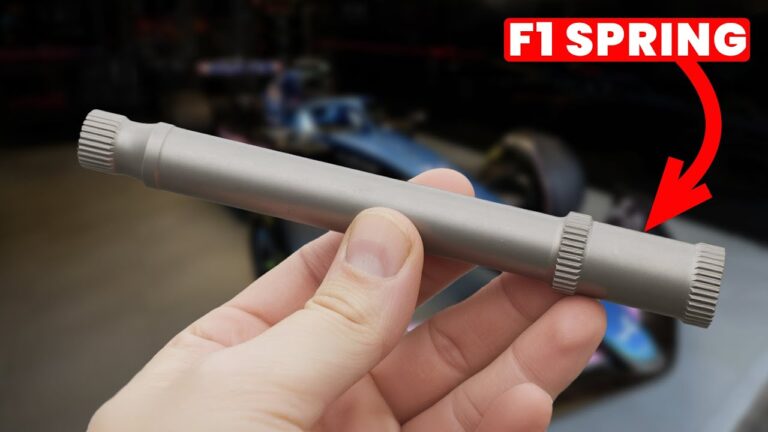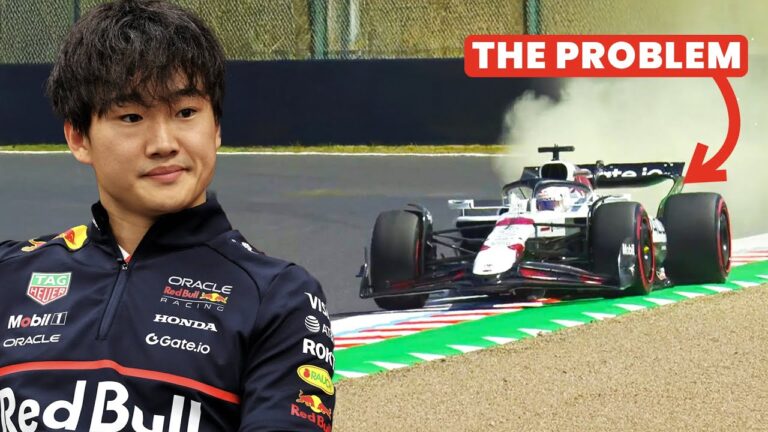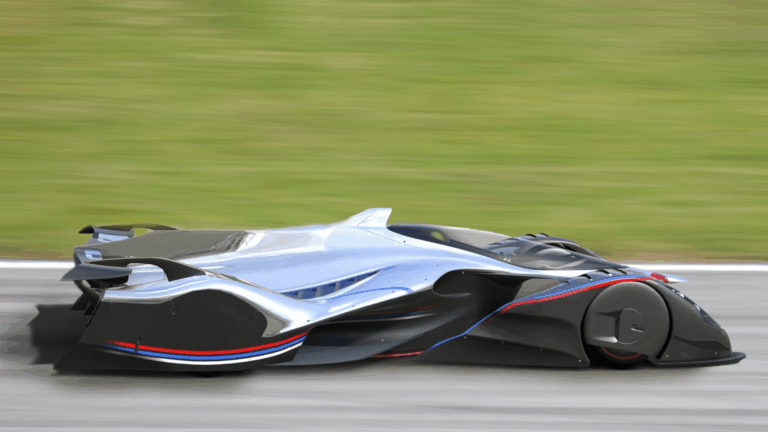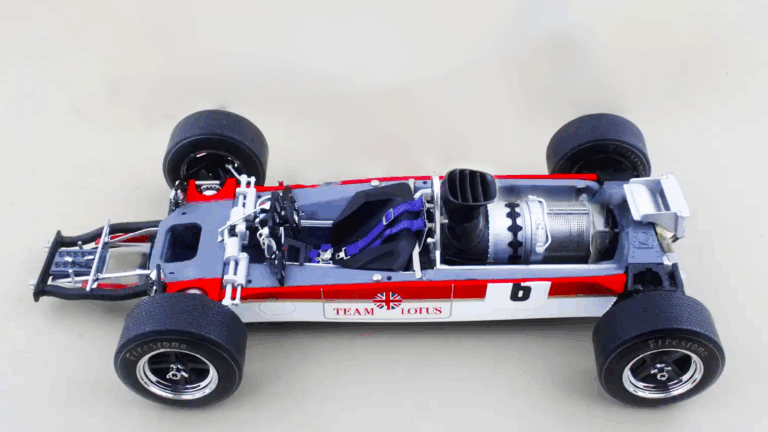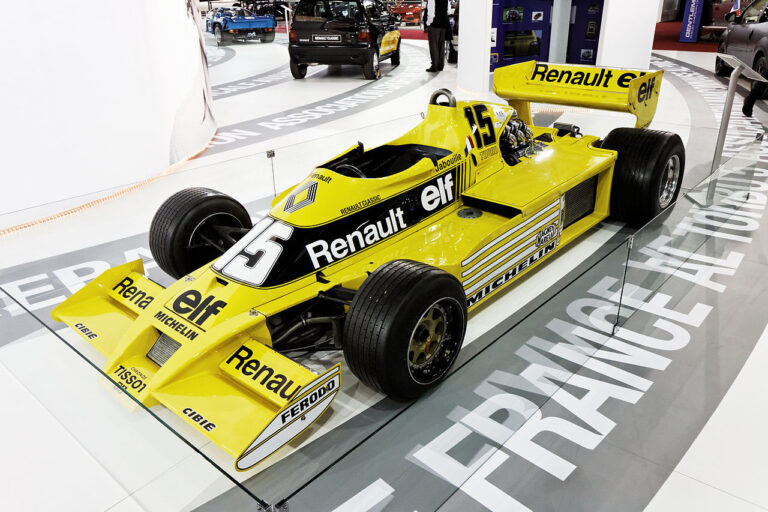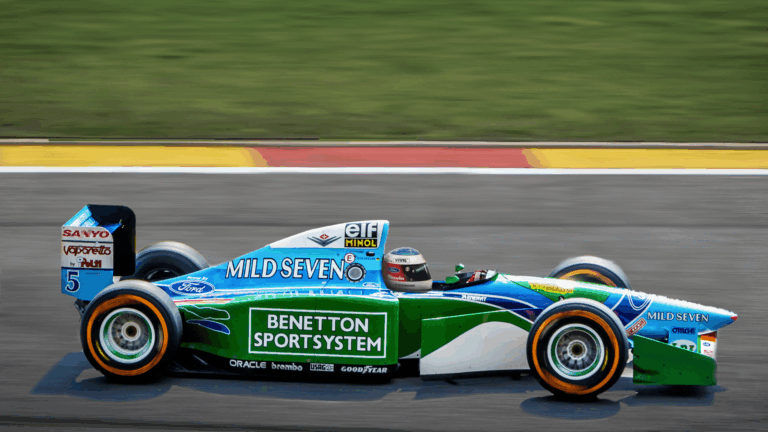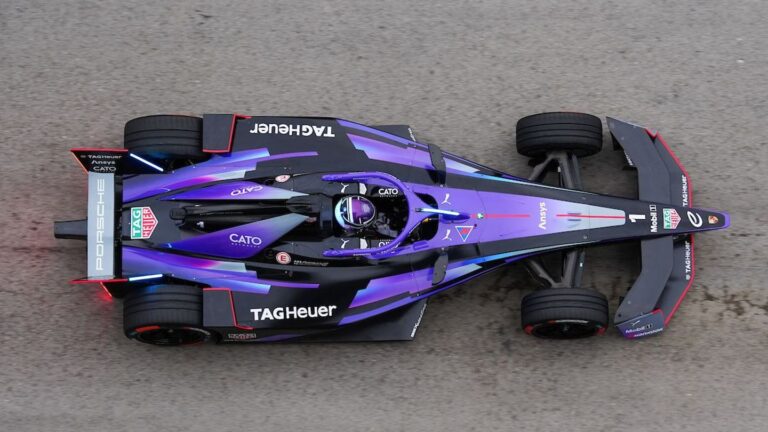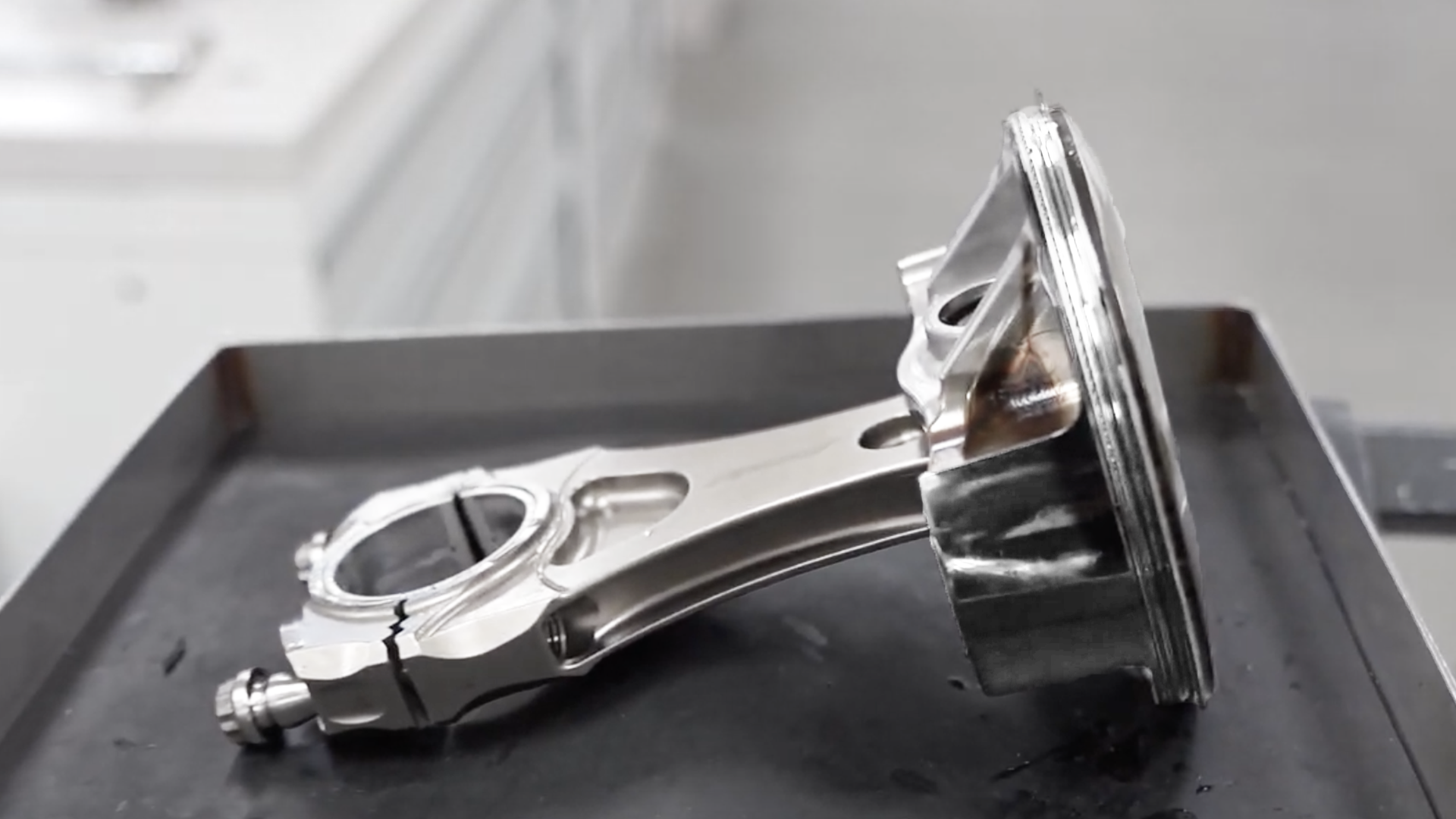
Crafting an F1 piston is an engineering marvel. A single piston can cost over £50,000, reflecting the complexity and precision required to make these components perform flawlessly at up to 20,000 RPM. I recently visited Cosworth to witness firsthand the journey of an F1 piston – from initial design through to dyno testing. Here’s an inside look at the craftsmanship and technology that goes into making these vital parts.

Design: Where It All Begins
The journey of an F1 piston starts with design, a phase that can take anywhere from 4 to 8 weeks depending on the level of optimisation required. Engineers begin by identifying the specific engine configuration – whether it’s a V8, V10, or V12 – which dictates many aspects of the piston’s design.
Key initial decisions include determining the cylinder count, bore and stroke dimensions, and valve placement. Bore diameter defines the size of the piston, while the stroke affects the speed and force the piston will endure. A longer stroke demands a piston that’s taller and more robust to handle increased stress, while a shorter stroke allows for a more compact design. The positioning of the valves, in turn, influences the design of the piston’s crown, impacting combustion efficiency.
Cosworth, with a history of crafting successful F1 engines since 1958, has a robust database of previous designs to draw from. This data enables engineers to begin with optimised base specifications, reducing time spent on early-stage design and focusing instead on the unique requirements of each new engine.
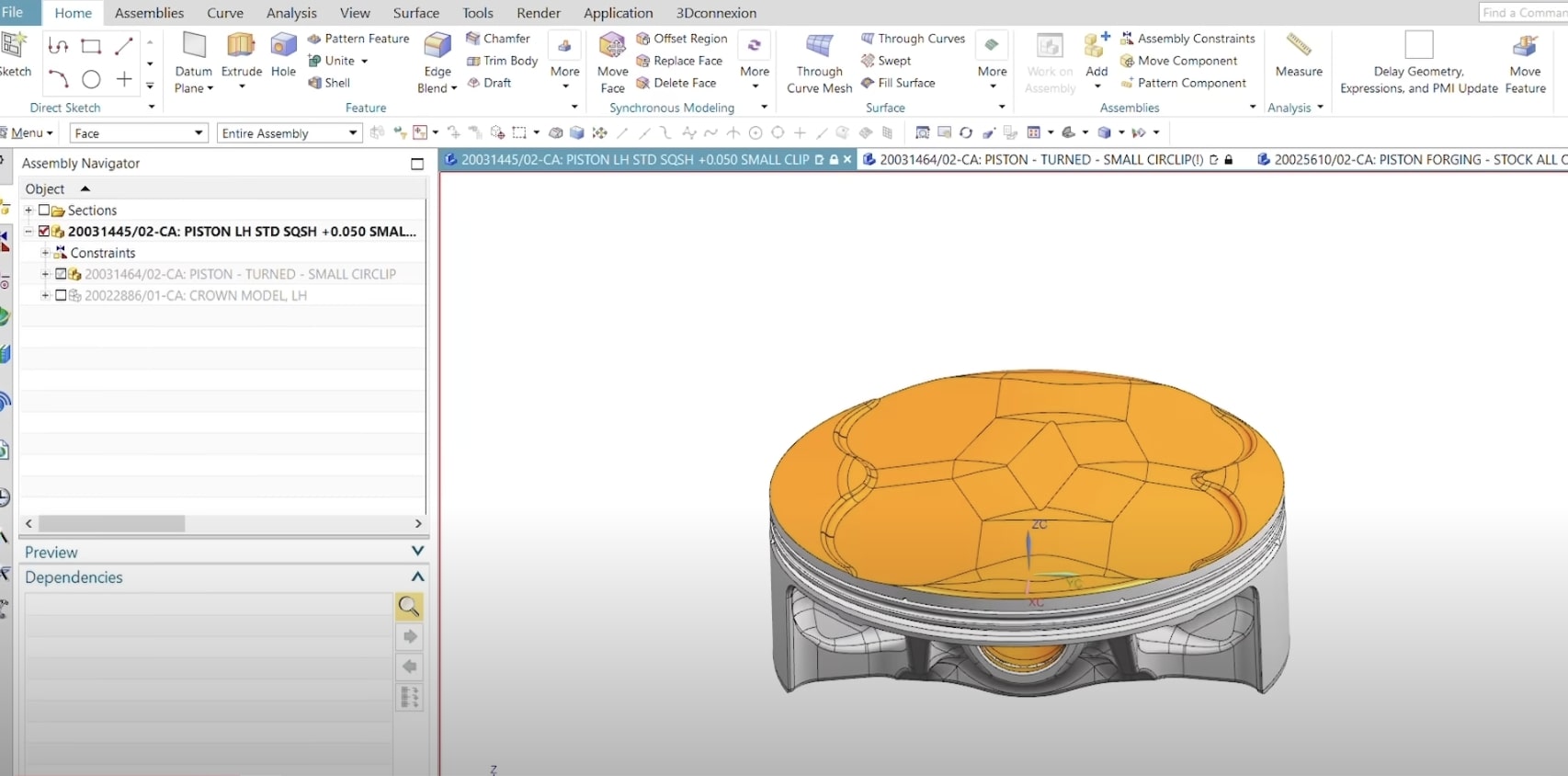
Forging the Piston: Creating the Structure
Once the design is finalised, it’s time to forge the piston. The process begins with heating a billet of aluminium to a high temperature, then pressing it into a mold to shape the piston’s basic structure. This forging step not only forms the piston but also aligns the metal’s grain structure, making it better suited to handle the stress of high-speed operation.
The next step focuses on the piston crown – the top surface of the piston that interacts with the combustion chamber. Cosworth’s engineers use Siemens NX software to model the piston and its combustion environment, adjusting the shape of the crown to optimise air-fuel mixing and reduce knocking. This iterative process involves running simulations to test and refine the design, enhancing durability and performance.
Manufacturing the Underside: Balancing Strength and Weight
While the crown is crucial for combustion, the underside of the piston is equally important for overall strength and durability. Engineers carefully balance the thickness and height of the walls, as well as the size of the pin – the component that connects the piston to the connecting rod.
After designing the underside, the piston goes through additional simulations to test how it will handle real-world stresses. By identifying high-stress areas, engineers can reinforce vulnerable sections without adding unnecessary weight. This balance between strength and weight is essential; with pistons moving at extreme speeds, even a gram can affect performance.
Precision Machining: Transforming the Forged Blank
After forging, the piston still needs detailed machining to reach its final shape. The process starts with a “dry run” on a CNC machine, using a model generated in Siemens NX. This phase ensures the part will meet specifications before mass production begins. Each piston undergoes 30 to 50 machining processes, from initial shaping to final polishing.
The machining process includes the use of advanced CNC machines like the DMG DMU 50, which can run overnight and handle multiple parts. This machine removes excess material from the underside before focusing on the crown, where precision is paramount. The tolerances for F1 pistons are incredibly tight – typically between 10 and 20 microns. Engineers also shape the piston’s “pin bore” – the hole for the piston pin – with a slight curve to ensure a proper fit under high-stress conditions.
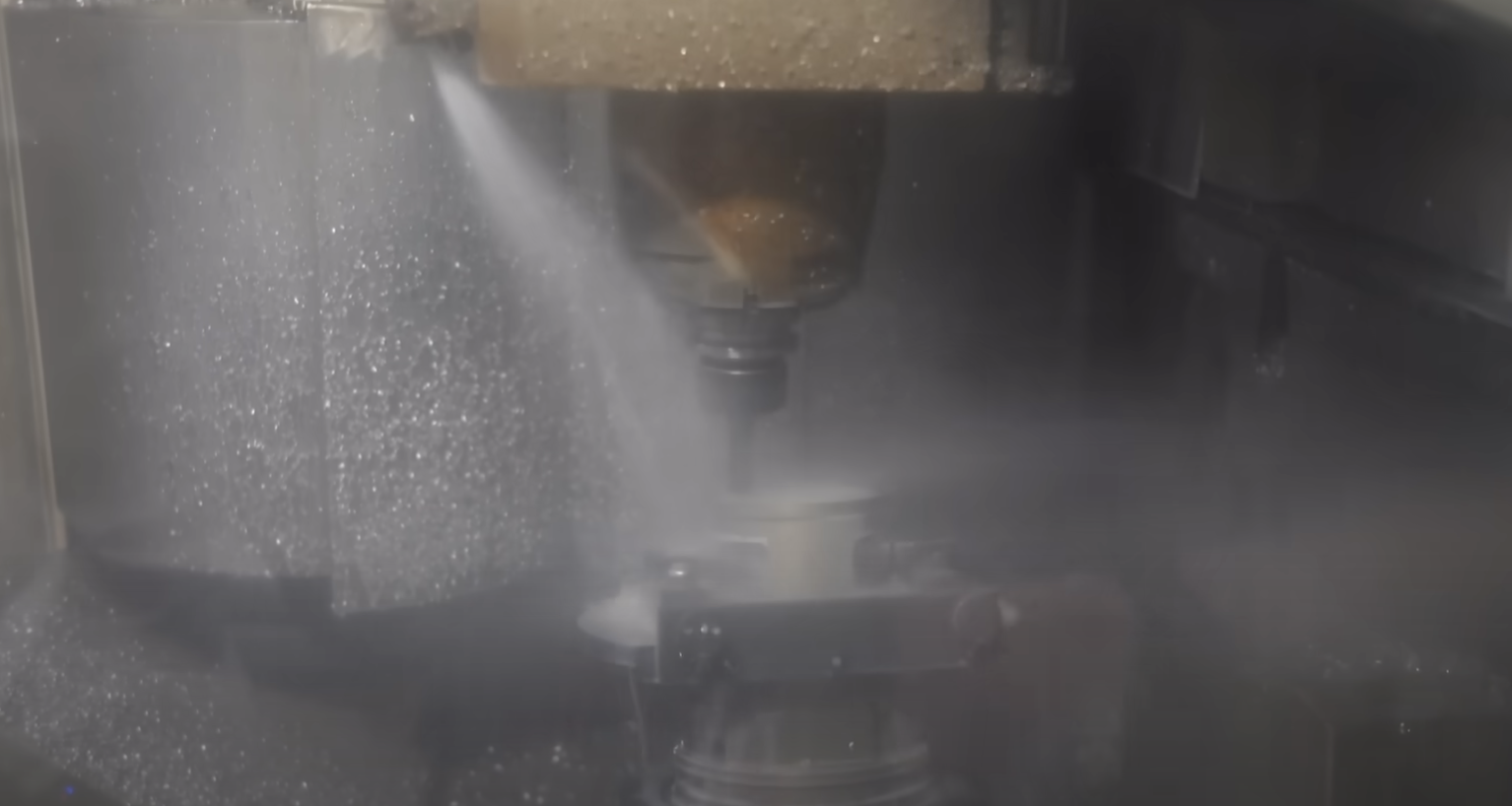
Testing and Quality Control: Ensuring Perfection
Once machining is complete, the piston undergoes multiple inspections, including a crack-detection process using UV light to spot any microscopic flaws. Cosworth applies a black Diamond-Like Carbon (DLC) coating to the piston to enhance wear resistance and reduce friction. This coating, only a few microns thick, is factored into the machining process to maintain precise dimensions.
Each piston also goes through a final “rumbling” process, in which it’s placed in abrasive material and vibrated to polish its surface. This meticulous finishing ensures the piston is as smooth and durable as possible before it’s assembled into an engine.
Assembly and Dyno Testing: The Final Stages
After passing all quality checks, the piston is assembled with other engine components in a controlled environment. The team follows a strict build plan to ensure each part is precisely fitted. Once the engine is assembled, it’s tested on a dynamometer, or “dyno,” simulating real-world conditions like those on circuits such as Monza. During these tests, engineers monitor vital metrics, including oil pressure, RPM, and fuel flow, making real-time adjustments if necessary.
For new engines, dyno tests include extended durability cycles to push the engine beyond standard race conditions. For established designs, shorter tests check for any potential issues before installation in the car.
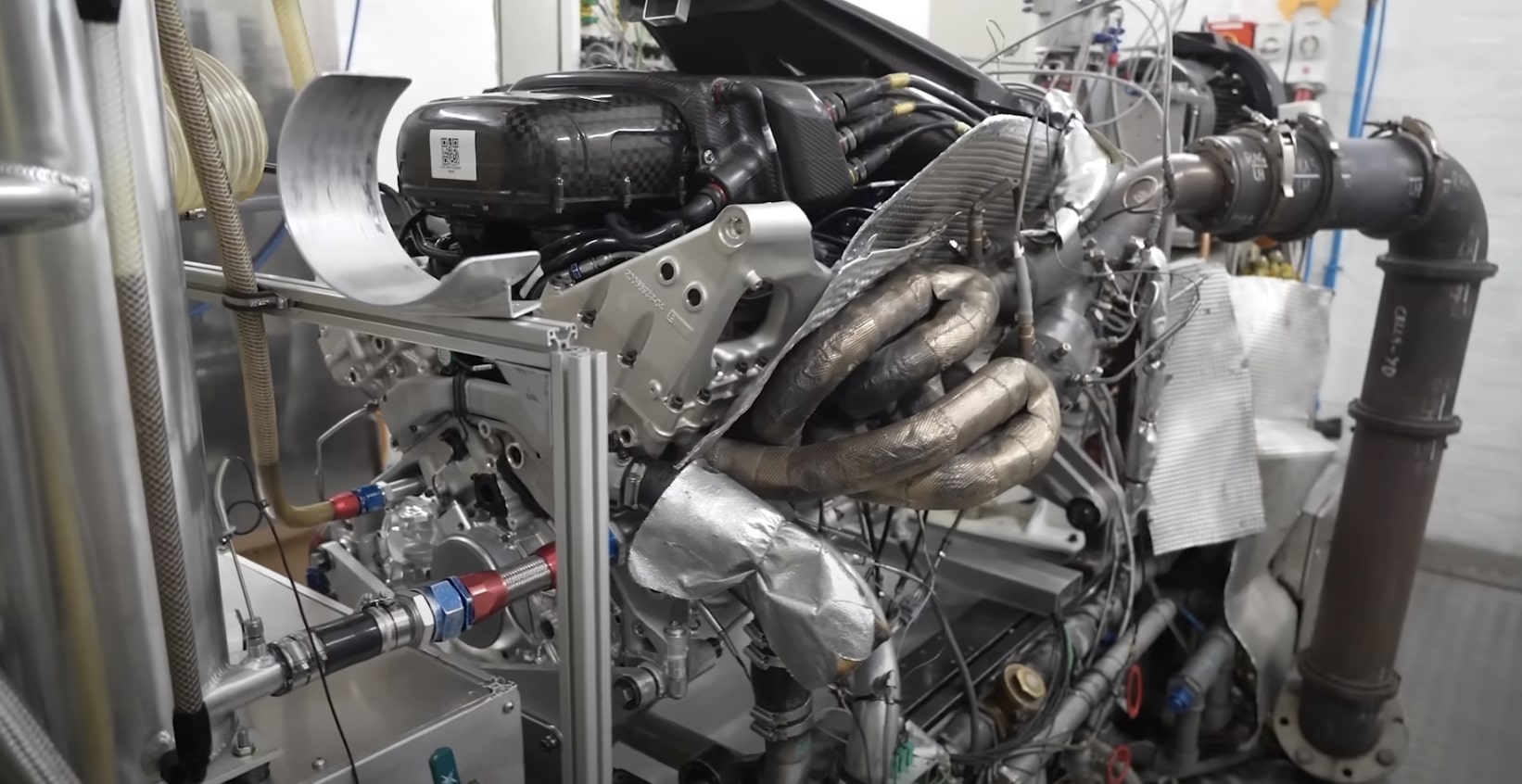
Longevity and Rebuilding
Each piston’s lifespan depends on factors such as engine RPM and operational conditions. While components like the block and crankshaft can endure multiple rebuilds, pistons typically last only one cycle due to the extreme stresses they face. Once a piston reaches the end of its lifespan, it’s returned to Cosworth, where it’s disassembled, inspected, and replaced as part of the engine’s maintenance cycle.
Conclusion
The journey of an F1 piston from raw aluminium billet to racetrack is a testament to the precision and dedication behind Formula 1 engineering. From the design team’s iterative optimisation process to the detailed machining and testing phases, every step is carefully managed to produce a component capable of withstanding the unique demands of F1 racing. Cosworth’s attention to detail in the creation of each piston exemplifies the intricate and relentless pursuit of perfection that defines the world of Formula 1 engineering.




